CUBEFLOW is designed to maximize your lab’s productivity

Stable imaging requires stable systems. Daily, monthly and yearly quality controls are performed on all CUBES, both remotely as well as on-site. Self-calibration procedures are foreseen and end users are trained on how to implement them. With an uptime of 98,6% on our current install base we keep pushing ourselves towards delivering stability as well as quality.

All CUBES can be used for full whole-body mouse and whole-body rat imaging, as well as for multi-mouse scanning. However, this is only possible with tailored preparation and monitoring of the animals. Our docking station and animal beds enable real-time physiological monitoring, including respiratory and cardiac gating, anesthesia, and all the beds have active temperature controls.
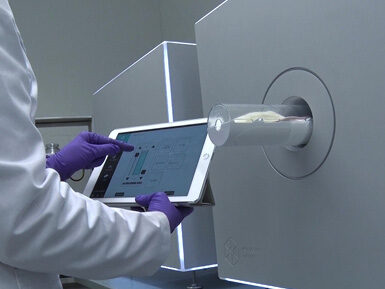
Fewer than 10 clicks will initiate any scan protocol in PET, SPECT, CT or combined imaging. This can be done on either a tablet or a remote workstation. All CUBES are equipped with integrated and separate image acquisition and reconstruction servers, enabling the highest possible throughput. The iterative reconstruction protocols, which were developed in-house, are amongst the fastest in the industry.
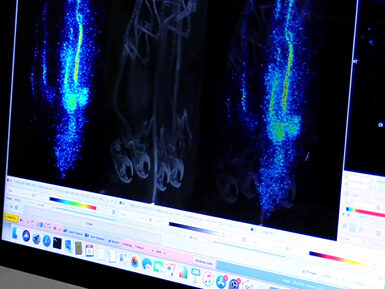
Our data output is available in a preclinical DICOM format as well as in raw data/list mode format. This makes our images compatible with almost any postprocessing software package on the market. Within PMOD, dedicated analysis and registration features are also available for more advanced studies and analyses.
Discover our CUBEFLOW

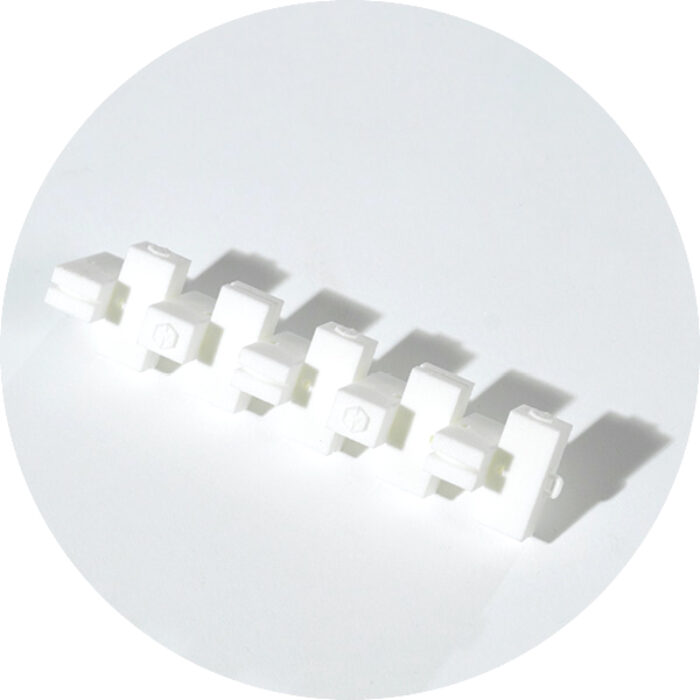
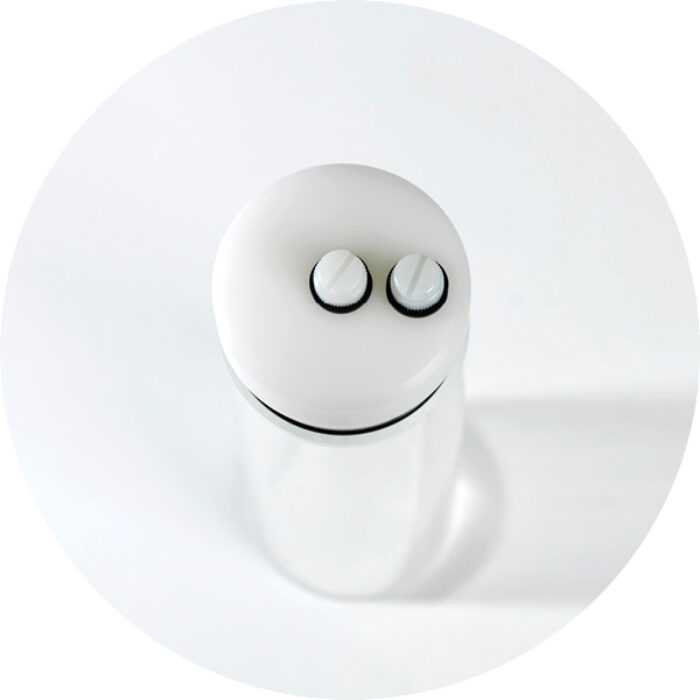
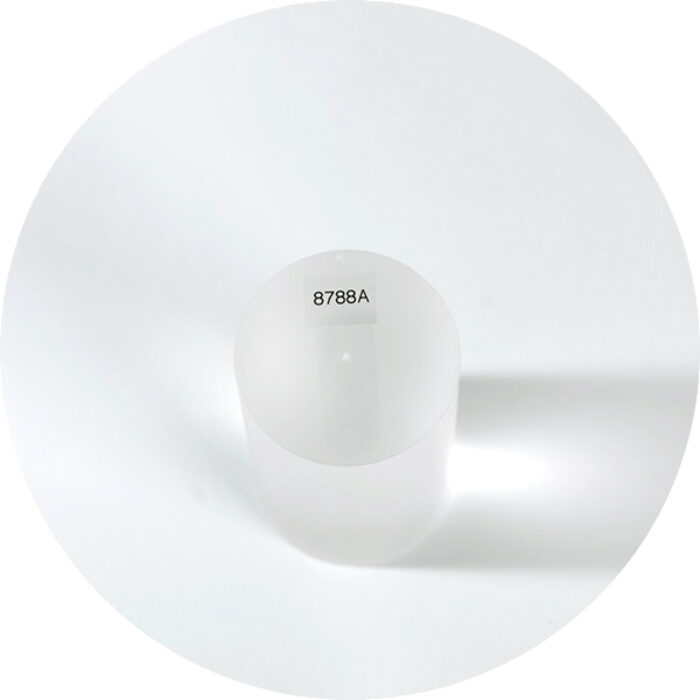



System performance is monitored on-site and remotely
Stable imaging requires stable systems. Automated daily, monthly, and periodic quality control procedures are implemented for all CUBES and end-users are trained in implementing them. Dashboard views and historical reports allow monitoring of stable performance over time while automated daily, monthly, and periodic quality control procedures – guided through extensive yet straightforward wizards – ensure the reproducibility of results. Dedicated phantoms are provided to make this easy.
As scanner fall-out can significantly affect study continuity, ensuring uptime is crucial and is a key focus of our global service teams. Apart from the inherent quality control procedures, our unique system modularity reduces any negative impact caused by scanner failure, as any imaging modality can operate independently from another.
Overall scan uptime has been quantified at over 98% for all systems in the market over the last three years. MOLECUBES is continuously improving its quality procedures to serve you.

Animal preparation stage
MOLECUBES developed a user-friendly small-animal handling and monitoring solution consisting of an integrated preparation stage and a series of animal beds. The stage can be put next to the scanner and is coupled to the anesthetic flow. Its ergonomic design facilitates the preparation of both rats and mice, including the insertion of multiple catheter lines and administration of tail vein and subcutaneous injections.

Physiological monitoring
In order to obtain quantifiable data, keeping the animal vital signs stable is as crucial as is image quality. Respiratory monitoring can be achieved by means of a respiration pressure pad placed under the chest of the animal. Cardiac monitoring is achieved via three adhesive electrodes attached to a hind limb and the fore limbs. Lastly, temperature monitoring is achieved using a carbon heating pad that does not show any artifacts on CT. The power of the heating pad can be set to achieve a pre-set animal temperature and is maintained through controlled feedback via a rectal probe.




Animal beds
The MOLECUBES beds allow the user to scan one, two, three or four mice in both PET and CT, and up to 3 mice in SPECT. Individual rats, hamsters or small ferrets can also be scanned in the larger beds. All beds are designed and produced in-house, using durable components that are easy to clean and disinfect. If your lab is equipped with imaging modalities that are complementary to the ones MOLECUBES offers, we will also investigate cross-platform bed compatibility.

Intuitive software interface
In contrast to mainstream approaches, a choice of modular systems inherently facilitates synchronous scanning. Since the modalities are separated into different units, one modality does not block another during the scanning process, as is the case with single gantry systems. When a multi-animal bed can be used in addition, the number of animals scanned within a fixed time frame is further optimized. In addition, our high sensitivity systems reduce scan times significantly, even at low injected doses. This leads to a possible throughput of up to 50 mice per day on a single PET/CT setup.
REMI: Reconstruction Engine for Molecular Imaging
Imaging entails a lot more than just selecting the right scanner for the job. Firstly, plug-and-play capacity upgrades of a specific modality are needed to scale up the number of scanned animals without excessive construction costs or investment in equipment. The modularity and small footprint should accomodate any lab. Secondly, compatibility with data management or preclinical PACS systems is an important driver in reproducible and productive preclinical imaging operations, especially for large cohort studies. Our REMI workstation fulfills exactly these needs when connected to CUBEFLOW. Reconstruction capabilities permit the simultaneous reconstruction of multiple datasets with automated data offloading made possible by an extensive storage capacity of 32 TB in raid configuration. In addition, users are able to set up batch reconstruction protocols for large studies requiring an extensive number of reconstructions with similar parameters. Finally, our CUBEFLOW study planner and data management back-end permit web-based server access from any terminal with network access to the workstation as well as making possible a connection to your preclinical PACS-systems, if available.